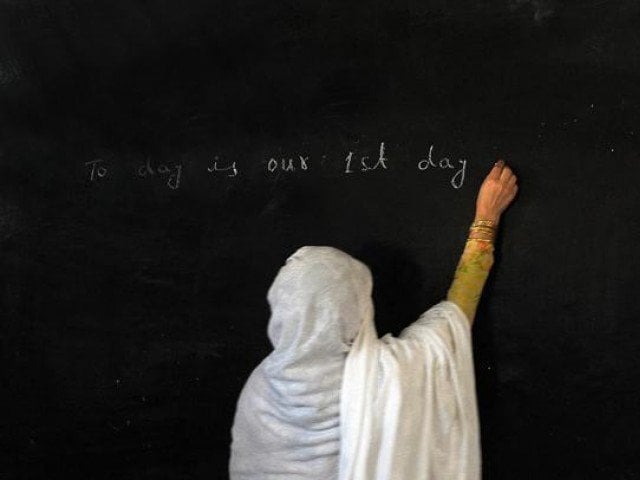
There Are Thousands of Ghost Teachers in Sindh
The Sindh Education Department has 6,342 ghost instructors, according to a recent inquiry.
These “ghost teachers” were paid wages without carrying out their teaching responsibilities, according to a damning report that the Director General of Monitoring and Evaluation for the School Education and Literacy Department delivered to the Sindh Education Secretary.
It was also discovered during the inquiry that several retired workers were fraudulently receiving pensions and benefits. The report suggested filing a lawsuit against these “ghost teachers” and freezing their pay and identity cards.
For additional action, the Education Minister received the report from the Education Secretary.
Following the discovery that numerous of these absent professors had taken trips overseas, this disclosure was made. In response, the Federal Investigation Agency (FIA) has been asked to provide records to the Sindh Education Department.
With a literacy rate that is below the national average of about 60%, Sindh’s education system faces many obstacles.
Long-standing systemic problems in the province’s education system include a lack of resources for teachers and restricted access to high-quality education in remote areas.
Sindh’s educational institutions frequently lack the supplies they need, including working classrooms, instructional tools, and textbooks. Ghost teachers are one common instance of the issue of teacher absenteeism, which is a serious concern.
A large number of instructors get paid without carrying out their responsibilities, which raises absence rates and lowers the standard of instruction.
These problems are made worse by inefficiencies in the administration. Ghost instructors are a problem that has gone unnoticed due to inadequate payroll management and ineffective monitoring.
Inequalities in access to education make matters worse, especially in rural areas where many schools struggle with a teacher shortage and poor facilities. The disparity in schooling between Sindh’s urban and rural areas has gotten worse due to the unequal distribution of resources.

Content writer, educationist, teacher, researcher, social media manager, and a SEO manager from lahore. She has been working as a freelance academic and non-academic writer for more than 20 years now. She has a passion to learn new things and has a knack for writing and she combines both things to produce write ups she pours her heart out in.

